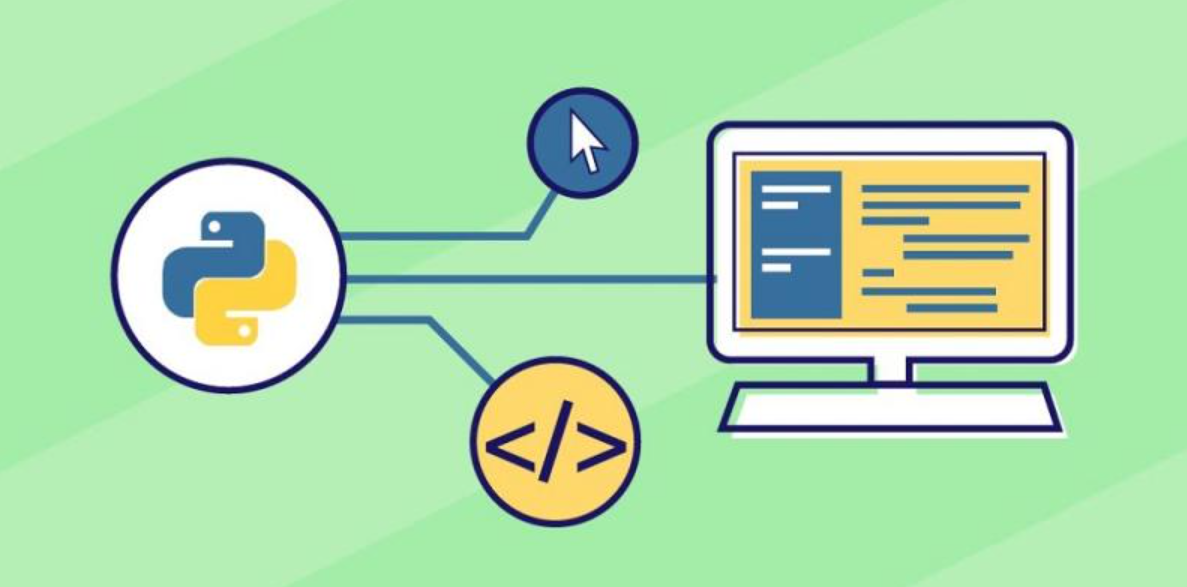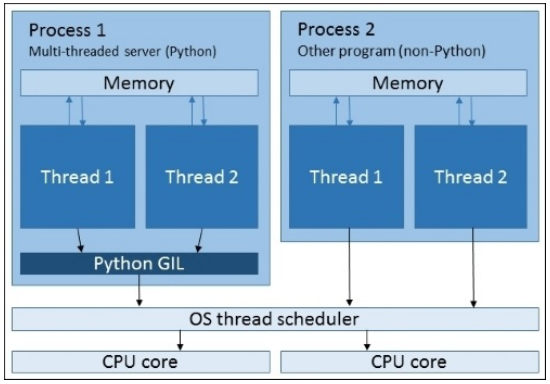在现代应用程序中,多线程编程是提高系统性能和响应能力的重要手段之一。在多线程编程中,有时需要让线程暂停执行一段时间,以等待某些条件的满足或减少资源争夺。这时候,线程睡眠(sleep)成为一种常用的等待策略。本文将详细介绍在Python3中如何使用线程睡眠,包括其基本原理、实际应用场景、实现方法和优化技巧,并通过具体

的代码示例展示其应用。
1. 线程睡眠的基本概念
1.1 什么是线程睡眠
线程睡眠是指让一个线程暂停执行一段时间。在线程睡眠期间,线程将释放CPU资源,直到睡眠时间结束后才会重新进入就绪状态,等待操作系统重新调度。通过线程睡眠,可以避免频繁的资源争夺和忙等待,提高系统资源利用率。
1.2 为什么需要线程睡眠
在多线程编程中,线程睡眠可以用于以下场景:
- 等待资源:某些资源可能在短时间内不可用,通过线程睡眠可以避免频繁的资源争夺和忙等待。
- 定时任务:需要定时执行某些任务,可以通过线程睡眠实现定时调度。
- 减轻负载:在高并发环境中,通过线程睡眠可以减少对系统资源的争夺,降低系统负载。
- 节省CPU:避免频繁的轮询操作,通过线程睡眠可以节省CPU资源,提高系统效率。
1.3 线程睡眠的实现方法
在Python3中,线程睡眠可以通过time模块中的sleep函数实现。该函数接受一个参数,表示线程需要睡眠的时间(单位:秒)。使用方法如下:

2. 线程睡眠的实际应用场景
2.1 资源争夺与等待
在多线程编程中,多个线程可能会争夺同一个资源。如果资源暂时不可用,通过线程睡眠可以让线程暂时释放CPU资源,等待资源变为可用。
2.2 定时任务调度
在某些应用场景中,需要定时执行某些任务。通过线程睡眠,可以实现简单的定时任务调度。
2.3 减轻系统负载
在高并发环境中,频繁的资源争夺和忙等待可能会导致系统负载过高。通过线程睡眠,可以减少对系统资源的争夺,降低系统负载。

3. 线程睡眠的实现细节
3.1 time.sleep函数
time.sleep函数是Python标准库time模块中的一个函数,用于让当前线程暂停执行一段时间。其定义如下:
使用time.sleep函数可以让当前线程暂停执行指定的时间,参数seconds可以是整数或浮点数,表示线程需要睡眠的时间(单位:秒)。
3.2 线程睡眠的精度
time.sleep函数的精度取决于操作系统的定时器分辨率。在大多数操作系统中,time.sleep函数的精度可以达到毫秒级别,但并不保证完全准确。实际的睡眠时间可能会略长于指定时间,特别是在高负载环境下。
3.3 线程睡眠的中断
在某些情况下,线程睡眠可能会被中断,例如线程被终止或信号处理函数被执行。在这种情况下,time.sleep函数会引发InterruptedError异常。可以通过捕获该异常来处理线程睡眠的中断。
4. 多线程编程中的线程睡眠策略
4.1 忙等待与线程睡眠
忙等待是指线程在等待某个条件时,不断检查条件是否满足,消耗大量的CPU资源。相比之下,线程睡眠可以避免频繁的条件检查,节省CPU资源,提高系统效率。
4.2 使用条件变量
在某些场景中,线程需要等待某个条件的满足。使用条件变量可以更高效地实现这种等待,通过wait方法让线程进入睡眠状态,直到条件满足时被唤醒。
4.3 使用事件
事件(Event)是一种用于线程间同步的机制,可以让一个线程等待另一个线程的信号。通过event.wait方法可以让线程进入睡眠状态,直到事件被设置为True。
5. 线程睡眠的实际应用与优化
5.1 实际应用案例
以下是一个实际应用案例,演示如何使用线程睡眠实现定时任务和资源争夺等待。
5.2 线程睡眠的优化
- 合理设置睡眠时间:根据实际需求设置合理的睡眠时间,避免过长或过短的睡眠时间。
- 避免频繁睡眠:在某些高并发场景中,避免频繁的线程睡眠,可以结合条件变量、事件等同步机制优化等待策略。
- 结合其他等待机制:在复杂的多线程应用中,可以结合条件变量、事件、信号量等同步机制,实现更高效的等待策略。
6. 总结
线程睡眠是多线程编程中的一种常用等待策略,通过让线程暂停执行一段时间,可以避免频繁的资源争夺和忙等待,提高系统资源利用率。在Python3中,可以通过time.sleep函数实现线程睡眠。在实际应用中,可以结合条件变量、事件等同步机制,实现更高效的等待策略。希望本文能够帮助读者更好地理解和应用线程睡眠,提高多线程编程的效率和性能。





















 6912
6912

 被折叠的 条评论
为什么被折叠?
被折叠的 条评论
为什么被折叠?








